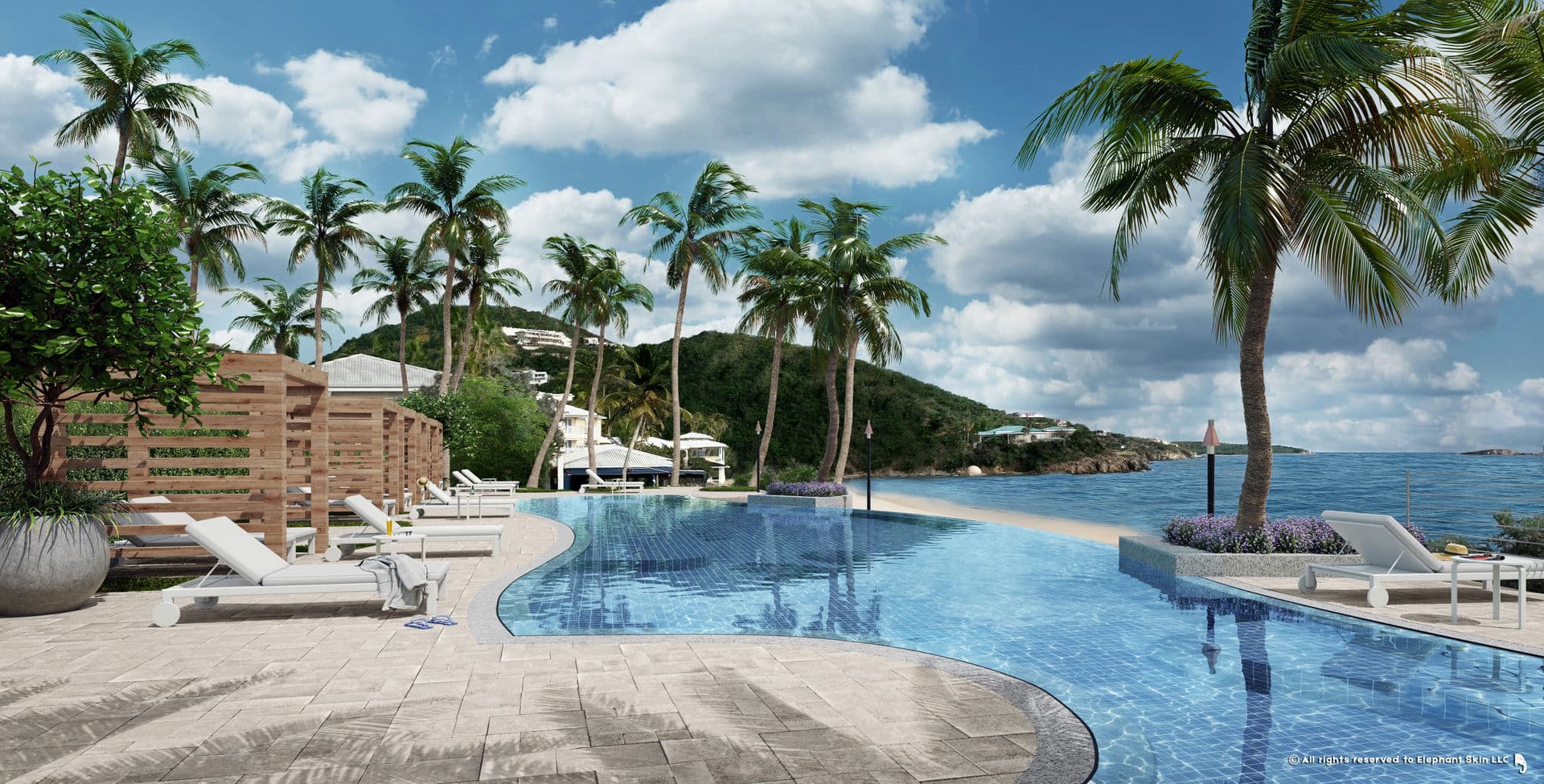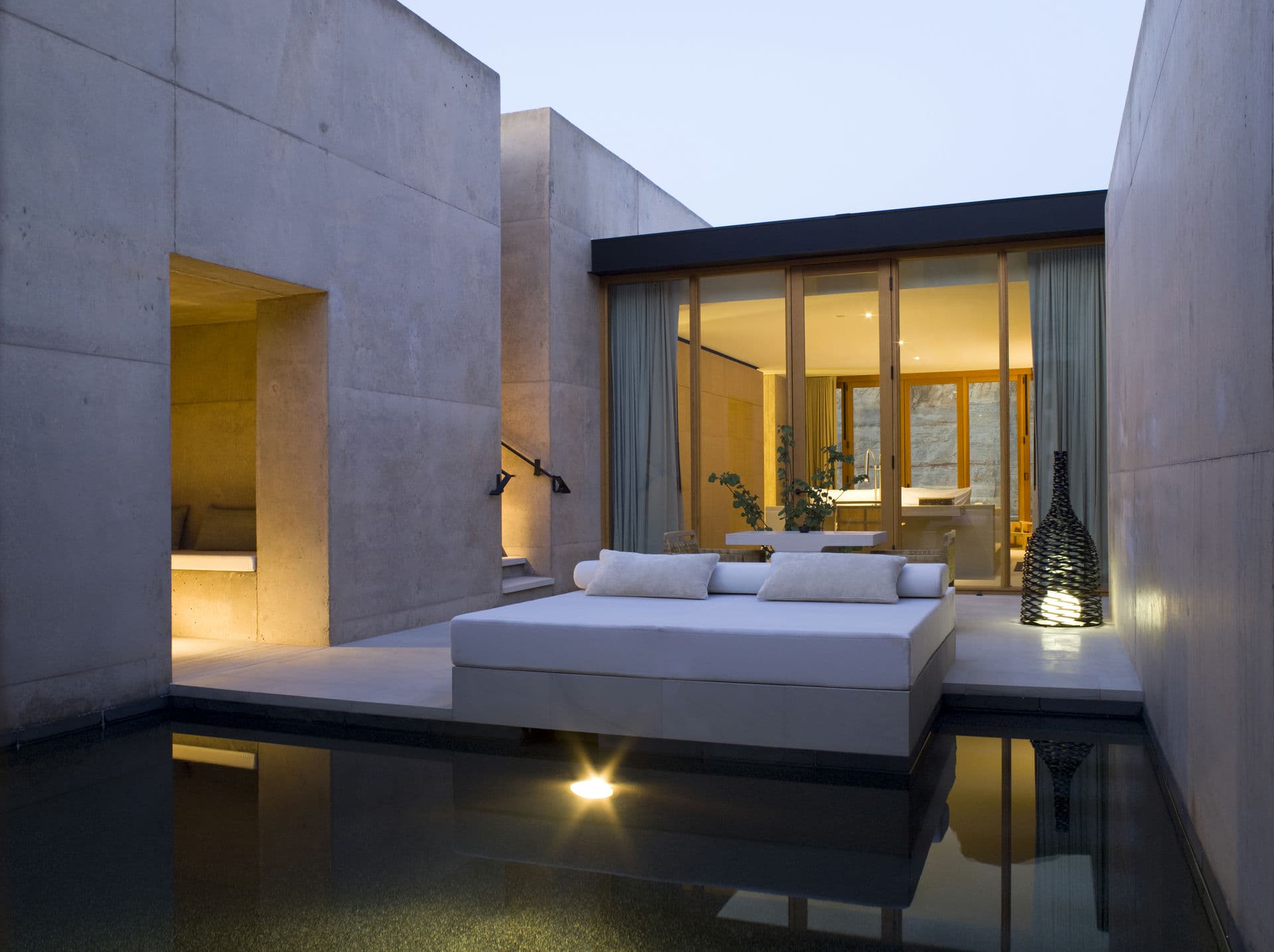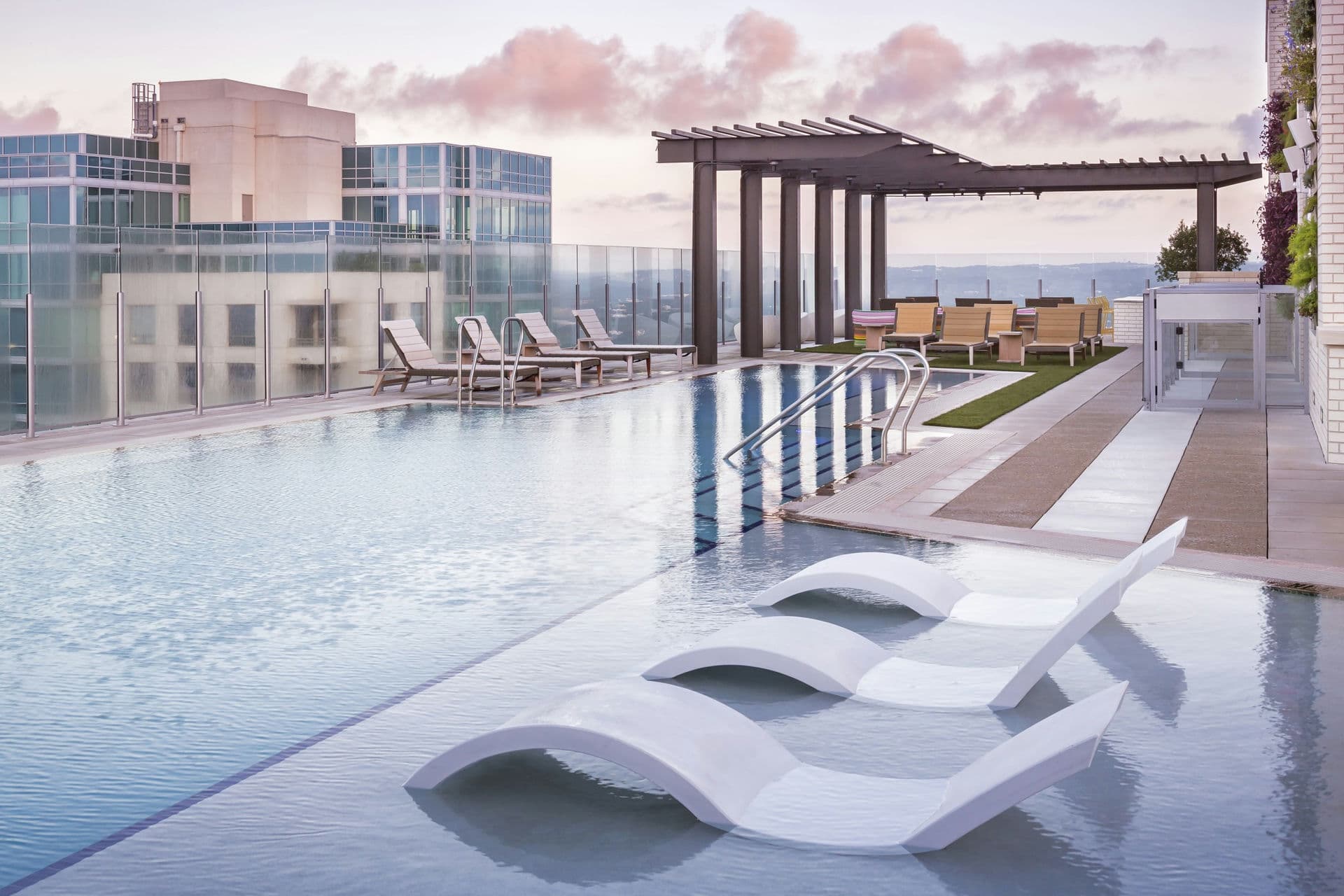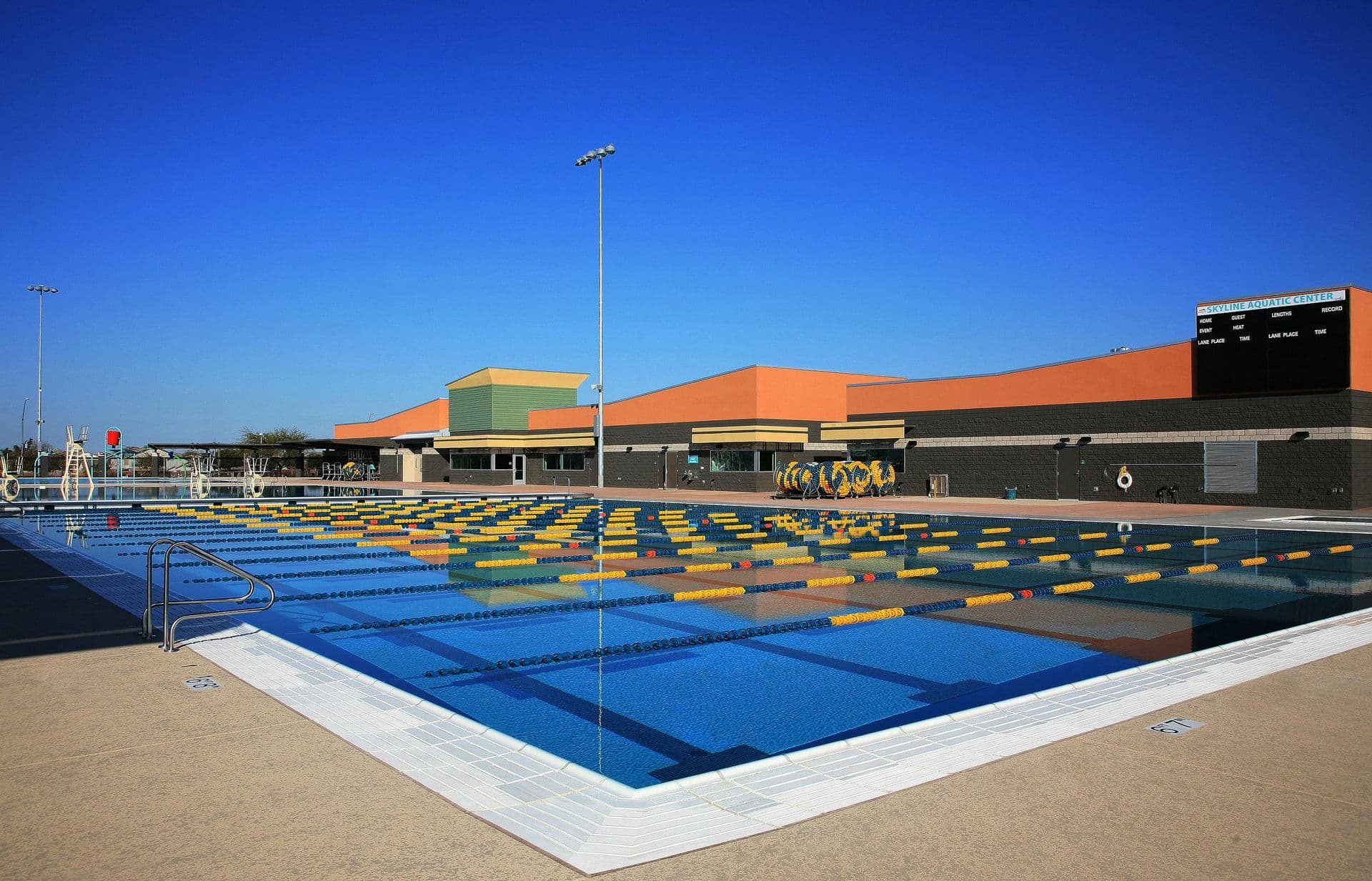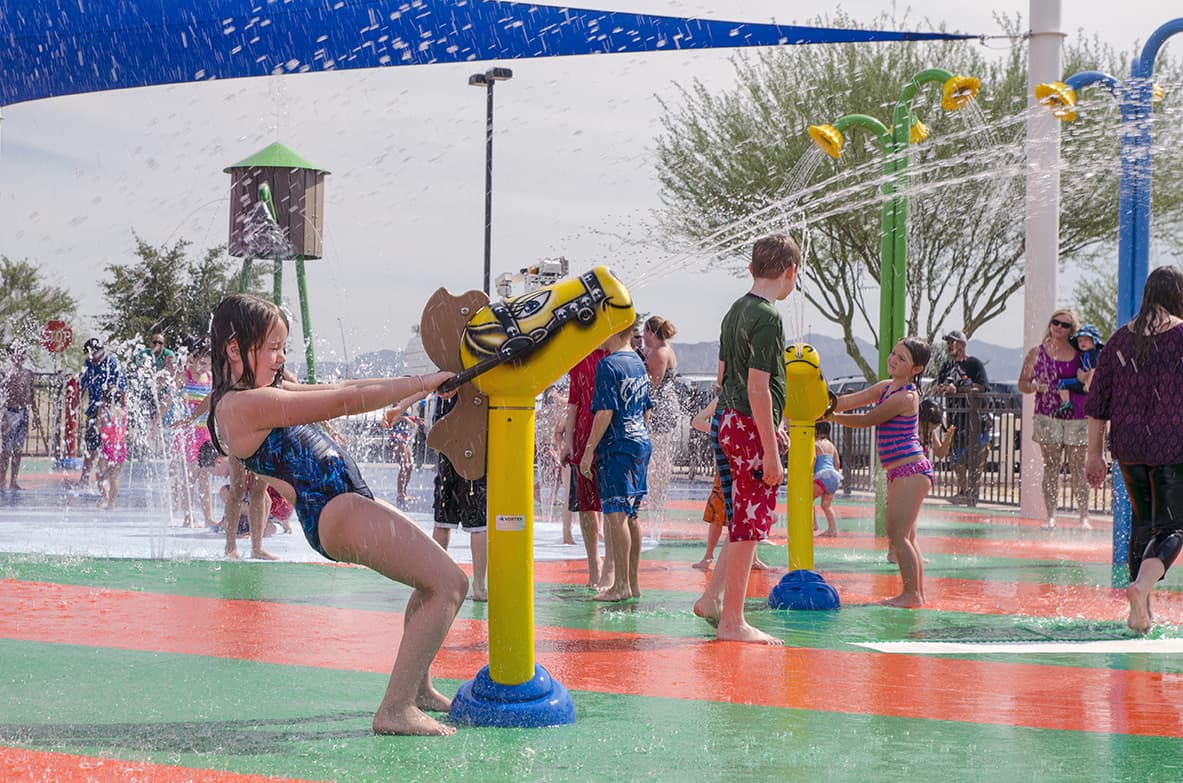
ADI Insights
Best Practices of Municipal Pool Facilities
Offering residents a place to cool off, stay healthy, and build social connections? May we suggest a municipal swimming pool! These vital hubs of community life are not just places to swim; they’re known as architectural marvels which require careful design, planning, and management.
Let’s explore the best practices for these facilities and focus on how the right design can shape your space’s success and longevity as a community asset.
Community Engagement and Assessment
Setting the foundation for a successful municipal pool facility starts with our team assessing the community engagement. Our team collaborates closely with the local community to understand their preferences, needs, and expectations with this new feature. A sophisticated approach involves us conducting surveys, hosting meetings, and gathering the valued input from stakeholders and investors.
Our initial front-end work ensures your design aligns with the community’s goals, values, and addresses issues including family-friendly amenities, programming diversity, and full accessibility.

Inclusive and Accessible
We understand that municipal pool facilities need to be in compliance with the Federal Americans with Disabilities Act (ADA) to cater to the wide range of community members who will use it. By incorporating universal design principles, we can ensure the facility is welcoming to all including those with disabilities, elderly, and other unique needs
These considerations include accessible paths, ramps, and lifts for entry into the pool. Other features like zero-entry pools, splash pads, and adaptive equipment means more can enjoy these communal spaces.
Safety Infrastructure
Designing with safety in mind is paramount for all our projects, and municipal pools are no expectation to the rule. Advanced features including high-quality surveillance systems and emergency response protocols can be incorporated into the design, but others to consider include lifeguard stations (if applicable), appropriate signage, and clear visibility of the entire area.
Beyond what you can see, our team thinks of factors like water quality, filtration and sanitation systems to ensure the health of pool users.
Using the Space Available
A precious commodity in the aquatics world is space – especially for municipal pool facilities. Our team knows how to maximize the space available to create versatile areas to accommodate activities including lap swimming, recreational play, and water aerobics. To create a functional design and layout, our approach involves the careful placement of amenities including restrooms, locker rooms, changing areas, and concession areas that optimize the flow of bodies while minimizing congestion.

Efficient and Sustainable
In today’s world, sustainable design practices are not just trends: they’re necessities. Together, we prioritize energy-efficiency whether it’s through lighting, heating, or cooling systems to reduce operational costs and environmental impact – saving you money in the long run. We also consider environmentally friendly materials including low-impact building materials and pool water treatment systems to minimize chemical usage.
Community, Aesthetics, and Bringing it All Together
While it’s not just about looks (come on, don’t be shallow), aesthetics play a significant role in the design of municipal pools as these facilities often stand out as community landmarks. At ADI, we create designs that reflect the unique characteristics and identity of the local community and involve incorporating local art, landscape, and architectural elements as much as we’re able to.
Summary
We believe that municipal pool facilities are more than just places to swim – they become community treasures and enrich the lives of residents. If you and your local community are ready to take the leap to install facilities that fit your area, let’s talk more about how we can breathe life into your vision. Contact us today.
Subscribe to our Newsletter
Subscribe to our newsletter to receive the latest insights.



